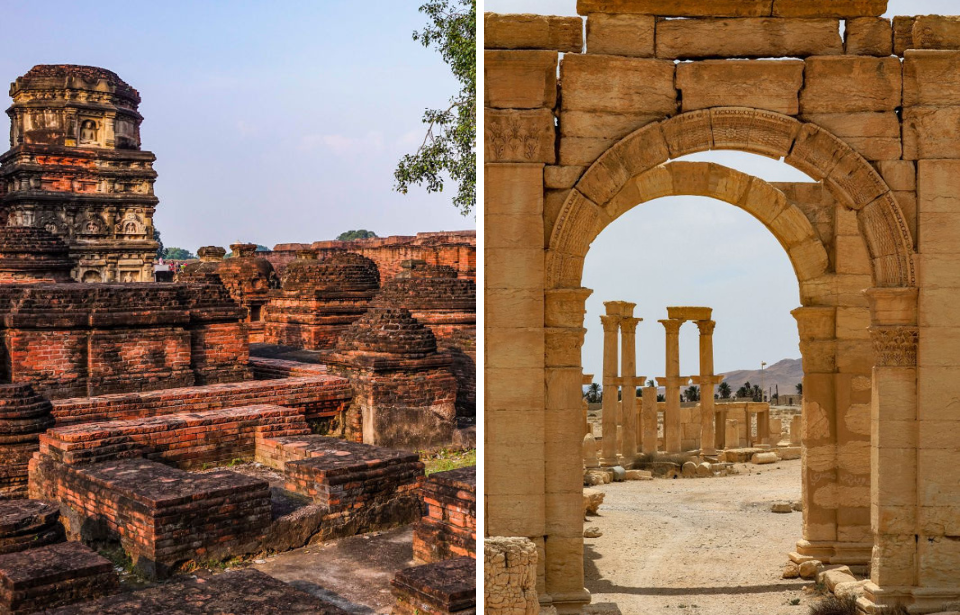In the annals of human history, archaeological sites stand as invaluable time capsules, offering glimpses into past civilizations. Yet, tragically, the march of time and the whims of humanity have led to the irreversible destruction of many of these precious remnants. From the grandeur of ancient cities reduced to ruins by conflict to the pillaging of cultural treasures in the pursuit of profit, these archaeological sites bear the scars of our collective disregard for our shared heritage.
Bamiyan Buddhas
The Bamiyan Buddhas were statues located in the Bamiyan Valley of central Afghanistan. They were carved into the cliffs during the sixth century and were considered significant cultural and historical treasures. The larger of the two stood at a towering height of 175 feet, while the smaller one measured approximately 120 feet.
However, they were lost to the world in 2001 when the Taliban regime deemed them idols that must be destroyed.
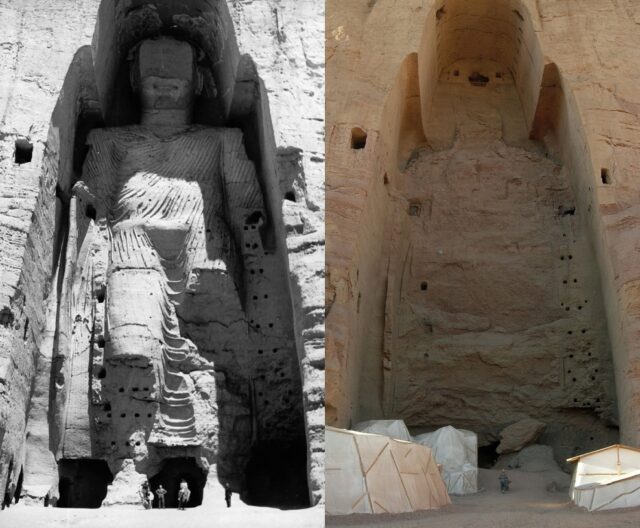
This prompted international outrage and a meeting of ambassadors from the Organization of the Islamic Conference called for the regime to save the figures. India even offered to take the statues, so they could still be displayed, but these pleas were ignored. The Buddhas were destroyed with a combination of heavy machinery and explosives over several weeks. All that remains now is the inlet in the rock where they once stood.
City of Palmyra
The city of Palmyra was once a well-preserved archaeological site that dated back to the Roman era in Syria. It’s home to many treasures, including the Temple of Bel, the Arch of Triumph, and numerous statues and tombs. In addition to artifacts from this period, researchers made discoveries in Palmyra dating as far back as the Neolithic period.
This all changed in 2015, however, when the city was targeted for destruction.
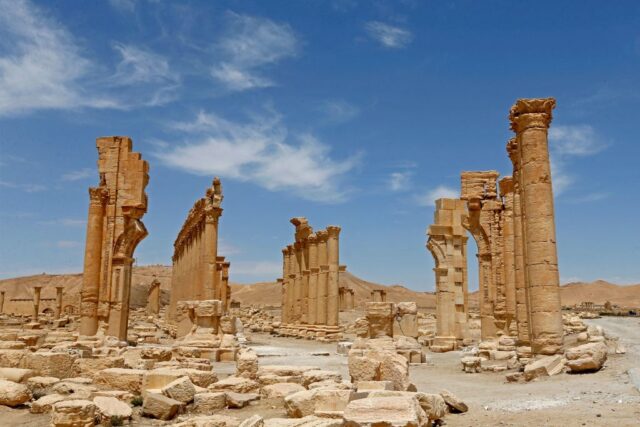
The Islamic State took control of the region and embarked on a deliberate campaign to obliterate its cultural heritage. The group targeted many of the most iconic historical places in the city, leaving destruction in their wake.
Despite the irreparable damage that was done, UNESCO and other organizations were able to document and assess the damage once the Syrian Army recaptured it. They also began restoring various monuments, including the Arch of Triumph.
Library of Nalanda University
The destruction of Nalanda Mahavihara, a renowned ancient Buddhist monastery and center of learning, occurred in 1202 CE during the invasion of Bakhtiyar Khilji. It was opened in 427 CE, and many historians say it was incredibly important to the emergence of academic pursuits in the following years. It housed thousands of students and scholars from various parts of the world and was considered a hub of ancient knowledge.
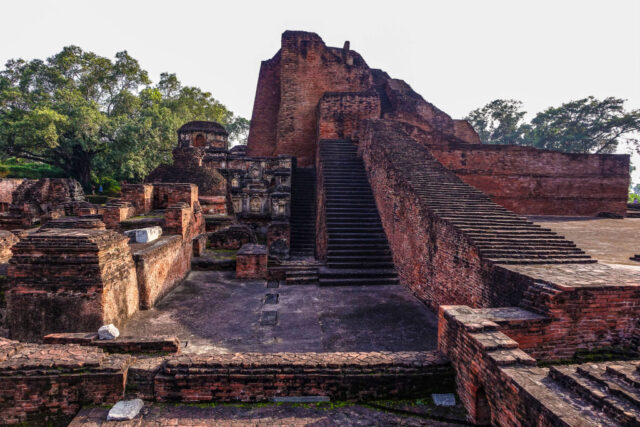
The assault resulted in the complete ransacking and burning of the institution, leading to the loss of invaluable manuscripts, scriptures and artifacts. According to a BBC article, the campus was so large that the fire burned for three months. Although it was partially restored and remained in operation until the 1400s, it predominantly stands in ruins today.
It is now a UNESCO site that preserves the remaining structures of Nalanda.
City of Persepolis
The city of Persepolis was dated to 515 BC. Located in present-day Iran, it met its tragic fate in 330 BC when the army of Alexander the Great ravaged it during his conquest of the Persian Empire.
The magnificent capital was set ablaze and looted, resulting in the extensive destruction of its palaces, temples and intricate artworks. Supposedly, this was done as an act of vengeance for when the Persians burned many Greek cities.
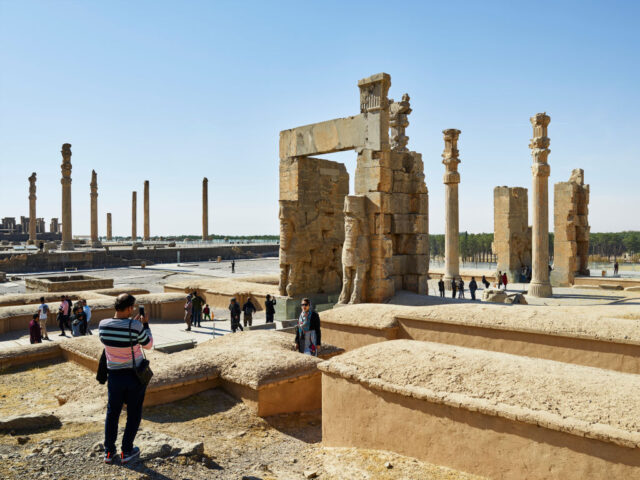
The loss of Persepolis was a devastating blow to ancient Persia’s architectural marvels and cultural heritage. The ruins of still remain, giving a glimpse of the city’s former grandeur. Today, Persepolis is a UNESCO World Heritage Site, attracting visitors worldwide who come to marvel at the remnants of this once majestic city.
Old Summer Palace
The Old Summer Palace in China, also known as Yuanmingyuan, was built during the 18th and 19th centuries to serve as the home to members of the Qing Dynasty. It was a vast property, spanning over 800 acres.
It suffered a devastating fate during the Second Opium War. In 1860, British and French troops looted and set fire to the palace complex, resulting in widespread destruction. Priceless treasures were pillaged or lost in the flames, including irreplaceable art, rare manuscripts and ancient artifacts.
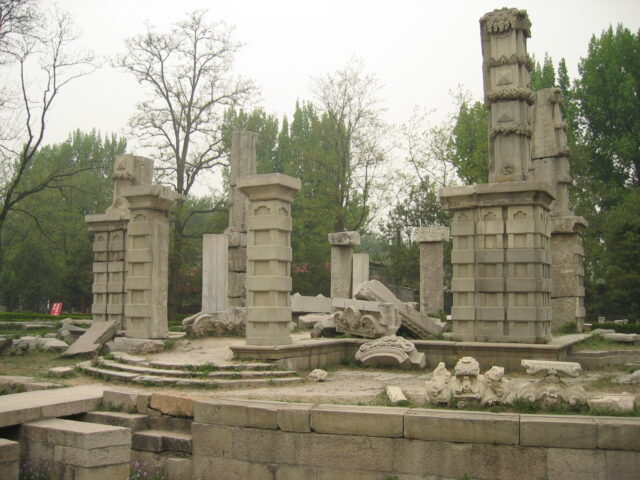
The destruction of the Old Summer Palace was a significant blow to China’s cultural heritage, as the palace represented centuries of imperial history and artistic achievements. Some restoration efforts have been made, but, for the most part, the site has been turned into a park where visitors can walk about and see the remains for themselves.
Royal Opera House
The Royal Opera House in Valletta, Malta suffered a tragic fate on the night of April 7, 1942 during World War II. Originally built in 1866, it was damaged during a fire in 1873 and repaired a few years later. It was a stunning architectural feat and considered by many to be one of the most incredible buildings in Valletta.
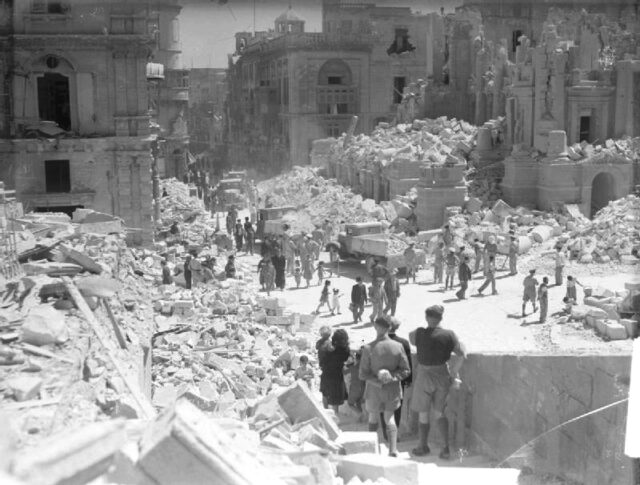
It was tragically destroyed when it was hit during a Luftwaffe bombing raid, reducing the structure to a smoldering ruin. Despite the destruction, the spirit of the Royal Opera House lives on, with efforts made to preserve its memory and rebuild a new theater in its honor. As of 2013, the site was turned into an open-air theater situated amongst the ruins of the Royal Opera House.
Prefectural Industrial Promotion Hall
The Prefectural Industrial Promotion Hall opened in 1915 along the Motoyasu River, within the business district of Hiroshima, Japan. The building is better known as the Atomic Bomb Dome after it was mostly destroyed during the bombing on August 6, 1945.
Located near the hypocenter of the explosion, it was left in ruins, with its dome structure partially intact, thanks to steel and stone building materials.
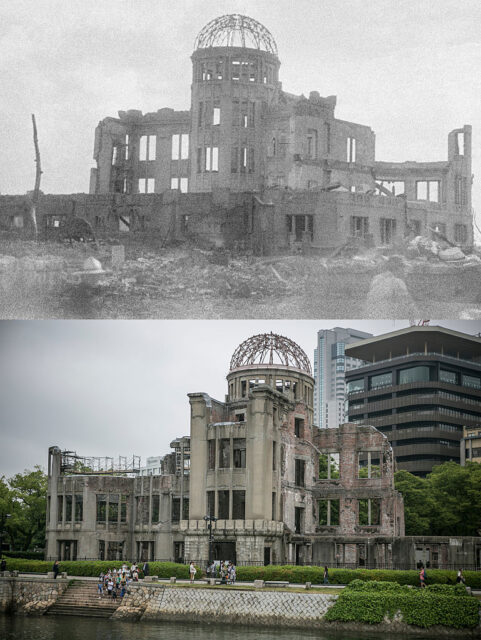
Plans were initially to tear the building down, but this was heavily contested and, ultimately, it was transformed into a memorial for the event, due to how well-preserved it was. Between 1950-64, the surrounding area was turned into the Hiroshima Peace Memorial Park.
More from us: Restored Footage Shows San Francisco Just Days Before the Devastating 1906 Earthquake
The Atomic Bomb Dome now serves as a stark reminder of the tragic consequences of nuclear warfare and the loss of countless lives. Despite its destruction, the dome’s survival has made it a poignant symbol of peace and turned it into a UNESCO World Heritage Site.
